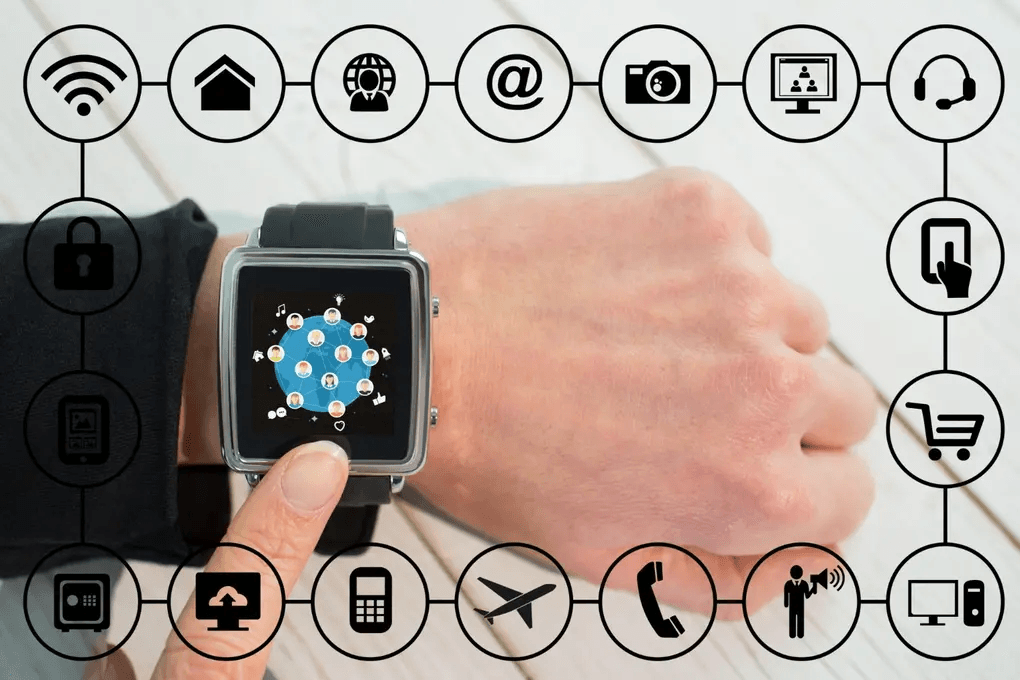Navigating the Risks of IoT Why Your Connected Devices Need Better Security

The Growing Landscape of IoT: Opportunities and Threats
The Internet of Things (IoT) is transforming our daily lives, offering unprecedented convenience and efficiency. From smart thermostats that adjust to our preferences to wearable fitness trackers that monitor our health, these devices create a seamless integration into our routines.
However, this rapid growth comes with significant risks. Each connected device can be a potential entry point for cybercriminals, leading to concerns about data privacy, unauthorized access, and the overall security of our personal and professional environments.
Common Vulnerabilities in IoT Devices
Many IoT devices suffer from poor security practices, such as default passwords that are never changed, outdated firmware, and lack of encryption. These vulnerabilities make it easier for hackers to exploit devices and gain access to private networks.
Additionally, the sheer volume of devices and the diversity of manufacturers contribute to a fragmented security landscape, complicating the ability to ensure robust protection across all platforms.
Best Practices for Securing Your Connected Devices
To enhance the security of your IoT devices, it’s essential to implement best practices. Start by changing default passwords to strong, unique ones for each device. Regularly update firmware to patch any security vulnerabilities.
Moreover, consider segmenting your home network to keep IoT devices separate from your primary devices, like computers and smartphones. This added layer of security can help contain potential breaches and protect sensitive information.
The Role of Manufacturers in IoT Security
Manufacturers play a critical role in the security of IoT devices. They must prioritize security in the design and development phases, ensuring that devices are built with robust security features that can withstand potential attacks.
Furthermore, manufacturers should commit to providing regular updates and support for their devices, enabling users to maintain security over time and adapt to evolving threats in the landscape.
Future Trends in IoT Security: What to Expect
As IoT continues to expand, we can expect to see advancements in security measures, such as the integration of artificial intelligence for threat detection and response. AI can help identify unusual patterns of behavior and mitigate risks before they escalate.
Additionally, regulatory changes may emerge to enforce stricter security standards for IoT devices, ensuring that manufacturers adhere to best practices and consumers are better protected in a connected world.
Image by creativeart on Freepik



